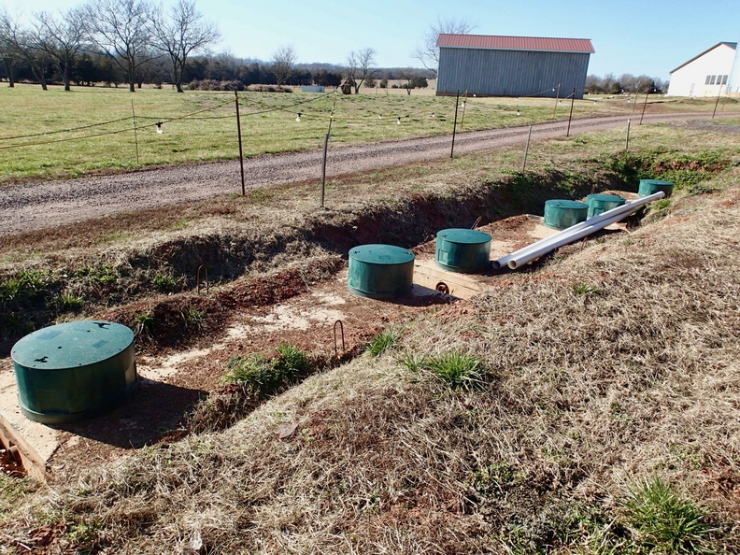What Are The Steps Needed In A Drain Field Installation Process?
If you own a septic tank on your property, you certainly need a drainfield. The drainfield is also called the leach field and leach drain to complete the system’s function and make it effective. All drainfields that would need an inspection. A drainfield installation can be handled by a contractor but an expert homeowner can do the task of digging the drainfield.
What are the steps for the drainfield installation process?
- Choose the area.
Pick an area in your yard that is away from the home but quite close to the tank. The drainfield has to be around 10 feet away from any vegetable patch or water sources such as a well, river, or lake.
- Contact the appropriate authorities in your area.
You need to check if you would need a legal permit from your government to build a drainfield. Verify if local officials might need to inspect your place before starting to work. Digging a field can be a lot of work but if you learned that you are violating some legal mandate, starting all over again would be harder. Learn if there are any relevant laws and regulations before starting the drainfield installation project.
- Ensure that your soil is appropriate for the drainfield installation?
It is in your best interest to have the soil tested in your location. When the drainfield’s absorption capacity is not enough you might have piping back-up issues. It would be better if you find out your soil condition before digging.
- Start the digging process.
Once you have chosen your drainfield’s spot, the digging process starts. The contractor will dig around four long trenches that are around two-foot long. If the septic tank holds a thousand gallons, dig two trenches with 50-feet sizes. Every trench must be around three to four in width and must be equally deep. The trenches should be tilted slightly downward. It has to be not more than an incline of 1/4-inch for every eight feet. The reason for this tip is to avoid wastewater pooling at the bottom and rising up.
- Place gravel on the trench.
When the trenches are dug out, the next step is to put in around one to two inches of gravel along the trench’s bottom. The gravel allows for drainage to occur beneath the pipe.
- Install the pipe.
After the gravel is added, place the pipe into the septic tank along each of the trenches. You can utilize the clamps in holding the pipe in the proper place at the septic tank drain to avoid misalignment and shifting.
- Add additional gravel after the pipe is installed.
Once the entire pipe is placed, the trench must be filled with an additional one to three inches of gravel to let it work its way down in the pipe.
- Put a cloth over the pipe and gravel.
When you have laid down the pipe and gravel, put a cloth on top of it. Choose a breathable type of cloth. The cloth’s function is to ensure that the dirt or sand will not block the drainage on the gravel.
- Add more soil.
When the pipe, gravel, and cloth procedures are done, the next step is to fill the trench with more dirt so that the field will be leveled with the ground surrounding it. Wait for around two weeks before the ground fully settles. Once the ground has settled down, you would need to add more dirt to level the field.
Although a drainfield installation should not have any trees near it, there are a few plants that work well in a drainfield to avoid looking too plain. You have to remember that you cannot till or aerate the soil. Add more three inches of topsoil before planting anything. The plans must require very little water and have very shallow roots. The plants you can plant are Irish moss, periwinkle, carpet bugle, and some wildflower strains with shallow roots.
Keep in mind that there are health department regulations that might need a percolation test that will establish the suitability of a soil’s drainfield. Depending on your jurisdiction, the law may require a licensed professional to the test which is why you need to know the local rules needed for your drainfield.


























Add comment